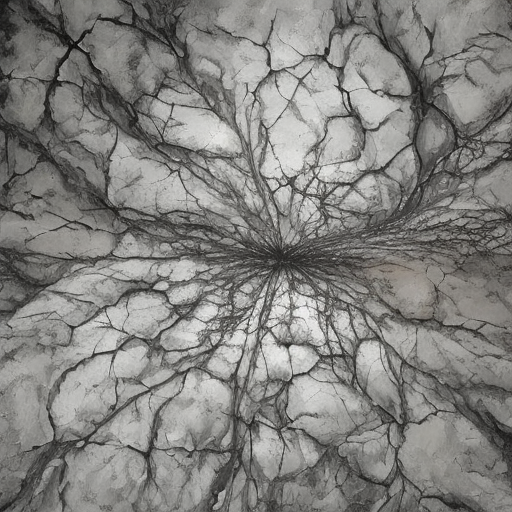One-line Summary:
Full Metal Jacket, directed by Stanley Kubrick, is a powerful war film that explores the dehumanizing effects of war on soldiers. Set during the Vietnam War, the movie follows a group of young Marines as they endure the brutal training at Parris Island and later face the horrors of combat in Hue City. Through its unflinching portrayal of the psychological and physical toll of war, the film delves into themes of identity, dehumanization, and the corrupting influence of power.
Main Cast and Crew:
- Director: Stanley Kubrick
- Writer(s): Stanley Kubrick, Michael Herr, Gustav Hasford
- Key Actors: Matthew Modine as Private Joker, Vincent D’Onofrio as Private Pyle, R. Lee Ermey as Gunnery Sergeant Hartman
- Music Director: Abigail Mead
- Director of Photography: Douglas Milsome
- Producers: Stanley Kubrick, Jan Harlan, Michael Herr
Plot:
The film begins with the intense training of a group of Marine recruits at Parris Island, led by the sadistic Gunnery Sergeant Hartman. Among the recruits is Private Pyle, an overweight and socially awkward soldier who becomes the target of Hartman’s relentless abuse. As the training progresses, Pyle’s mental state deteriorates, leading to a tragic outcome.
Following their training, the Marines are deployed to Vietnam. Private Joker, a journalist for the military newspaper, Stars and Stripes, is assigned to accompany a squad during the Battle of Hue City. The squad faces the harsh realities of war, witnessing the destruction and loss of life. Joker’s own transformation is evident as he grapples with the contradictions of war and the struggle to maintain his humanity.
Themes and Motifs:
Full Metal Jacket explores the dehumanizing nature of war and the impact it has on individuals. The film examines the loss of identity and the transformation of soldiers into killing machines. It also delves into the power dynamics within the military hierarchy and the corrupting influence of power on those in authority.
Kubrick uses motifs such as the duality of man, symbolized by the contrasting personalities of Private Joker and Private Pyle. The film also highlights the absurdity of war through dark humor and irony, exposing the contradictions and hypocrisy inherent in the military system.
Reception and Legacy:
Upon its release in 1987, Full Metal Jacket received critical acclaim for its realistic portrayal of war and its exploration of the psychological effects on soldiers. The film was nominated for an Academy Award for Best Adapted Screenplay. It has since become a cult classic and is regarded as one of Kubrick’s finest works.
Full Metal Jacket’s legacy lies in its unflinching examination of the dehumanizing effects of war, influencing subsequent war films and shaping the way war is depicted on screen. Its impact on popular culture is evident through references and parodies in various media.
Recommendation:
Full Metal Jacket is a must-watch for fans of war films and those interested in exploring the psychological toll of war. However, due to its graphic and intense nature, it may not be suitable for sensitive viewers. The film’s powerful performances, thought-provoking themes, and Kubrick’s masterful direction make it a compelling and unforgettable cinematic experience.
Memorable Quote:
“I wanted to see exotic Vietnam… the crown jewel of Southeast Asia. I wanted to meet interesting and stimulating people of an ancient culture… and kill them.” – Private Joker












